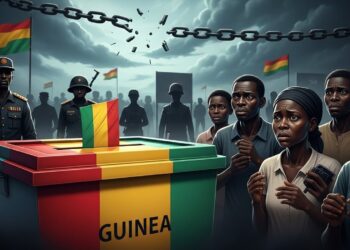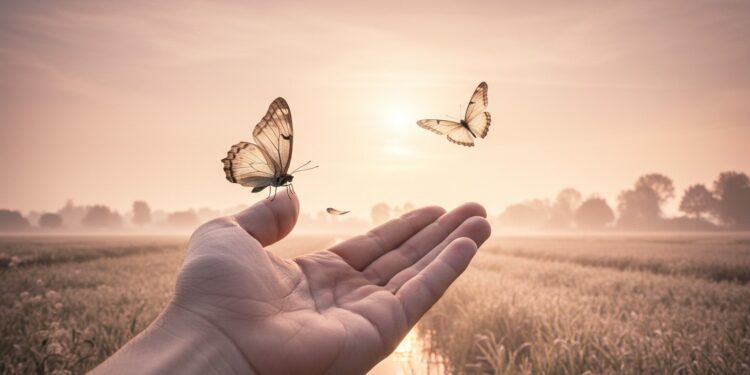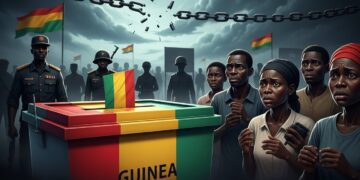Dans un parc paisible d’Amsterdam, un homme de 75 ans dévoile un tatouage récent : un papillon délicat, symbole de liberté. Ce dessin, inspiré par sa fille décédée, raconte une histoire poignante. À 39 ans, elle a choisi l’euthanasie pour mettre fin à une souffrance psychique insupportable. Ce choix, encadré par la loi néerlandaise, soulève des questions universelles sur la dignité, la liberté individuelle et la fin de vie. À travers ce témoignage, découvrez un récit humain qui touche au cœur des débats contemporains.
Un Acte de Courage Face à la Souffrance
Pour beaucoup, l’euthanasie reste un sujet tabou, entouré de questionnements éthiques et émotionnels. Aux Pays-Bas, où elle est légsome text, this practice is not only legal but also carefully regulated. The story of Anke, a 39-year-old woman who chose this path, offers a rare glimpse into its human reality. Her father, now 75, shares her journey with a mix of pride and sorrow, emphasizing her bravery.
Anke’s struggles began in her teenage years, marked by persistent mental health challenges. Despite years of therapy and treatment, her souffrance psychique remained unrelenting. “She tried everything,” her father recalls, “but the pain was too much.” Her decision wasn’t impulsive—it followed a rigorous process, ensuring her choice was informed and deliberate.
« Elle s’est enfin libérée. »
Le père d’Anke
La Loi Néerlandaise : Un Cadre Strict
The Netherlands was one of the first countries to legalize euthanasia in 2002, under stringent conditions. To qualify, a person must demonstrate unbearable suffering—physical or psychological—with no prospect of improvement. A multi-step evaluation, involving doctors and psychiatrists, ensures the decision is voluntary and well-considered.
In Anke’s case, her suffering stemmed from severe psychiatric disorders. Her father explains, “The doctors confirmed there was no hope for recovery. She knew what she wanted.” This clarity guided her through the process, culminating in a peaceful departure surrounded by loved ones.
Le saviez-vous ? Aux Pays-Bas, environ 4 % des décès sont attribués à l’euthanasie ou au suicide assisté, selon les statistiques officielles.
Un Papillon pour la Liberté
The butterfly, a recurring motif in Anke’s story, holds deep significance. She designed it for her funeral announcement, symbolizing her release from pain. Her father’s decision to tattoo it on his arm reflects his commitment to honoring her legacy. “It’s my way of keeping her close,” he says softly.
This small but powerful symbol resonates beyond their personal story. It invites reflection on what it means to live—and die—with dignity. For Anke, the butterfly was a testament to her agency, a final act of self-determination.
Un Débat Sociétal Complexe
Euthanasia sparks varied reactions worldwide. In some countries, it’s seen as a fundamental right; in others, it’s unthinkable. The Dutch model, often cited in global debates, balances individual autonomy with rigorous oversight. Yet, questions persist: How do we define “unbearable suffering”? Can mental anguish justify such a choice?
Anke’s story challenges us to confront these dilemmas. Her father believes sharing her experience can help others. “She wanted her story to spark understanding,” he says, hoping to reduce stigma around mental health and end-of-life choices.
| Critères pour l’Euthanasie aux Pays-Bas | Explication |
|---|---|
| Souffrance insupportable | Physique ou psychique, sans perspective d’amélioration. |
| Demande volontaire | Le patient doit exprimer sa volonté de manière répétée. |
| Évaluation médicale | Plusieurs professionnels de santé examinent le cas. |
Le Poids Émotionnel pour les Proches
For Anke’s family, her decision was both heartbreaking and liberating. Her father describes the day she passed: “She was calm, surrounded by love. It was her moment.” Yet, the grief remains. “You never stop missing your child,” he admits, his voice breaking.
Supporting a loved one’s choice for euthanasia requires immense strength. Families often grapple with guilt, relief, and sorrow. Anke’s father found solace in her peace. “Knowing she’s no longer in pain helps me carry on,” he reflects.
« J’étais fier de sa force. Elle a pris sa vie en main jusqu’à la fin. »
Le père d’Anke
Santé Mentale : Un Combat Silencieux
Anke’s story underscores the often-invisible burden of santé mentale. Unlike physical ailments, psychiatric disorders can be harder to quantify, yet their impact is profound. Her father laments the lack of awareness: “People don’t see the scars, so they don’t understand.”
In the Netherlands, psychological suffering is increasingly recognized as grounds for euthanasia, though it represents a small fraction of cases. This acknowledgment marks a shift toward validating mental health struggles as legitimate sources of suffering.
Chiffre clé : En 2022, environ 1 % des euthanasies aux Pays-Bas étaient motivées par des troubles psychiatriques.
Un Héritage pour les Autres
Anke’s father is driven by a mission to share her story. “She hoped it would help others feel less alone,” he says. By speaking out, he aims to foster dialogue about mental health, autonomy, and the right to choose one’s end.
Her legacy extends beyond her family. It challenges societies to rethink how we approach fin de vie and support those in pain. Her butterfly, now etched on her father’s skin, serves as a reminder of her courage and the freedom she found.
Perspectives Globales
The Dutch approach to euthanasia is unique but not isolated. Countries like Belgium, Canada, and parts of Australia have similar laws, though criteria vary. In contrast, many nations prohibit the practice, citing ethical concerns or religious beliefs.
Anke’s story invites us to consider: Should individuals have the right to choose their death? How do we balance autonomy with the risk of coercion? These questions remain at the heart of global discussions on dignité humaine.
- Autonomie : Le droit de décider de sa propre fin.
- Protection : Prévenir les abus ou les décisions hâtives.
- Compassion : Accompagner les souffrances invisibles.
Un Adieu Apaisé
Anke’s final moments were serene, a stark contrast to her years of turmoil. Surrounded by family, she slipped away quietly, her suffering at an end. Her father holds this memory close: “It was her gift to herself—and to us.”
Her story is a testament to the power of choice, even in the face of unimaginable pain. It’s a call to listen, to understand, and to honor the paths others choose. As her butterfly soars, it carries a message of peace and liberation.
Un papillon s’envole, libre enfin.










